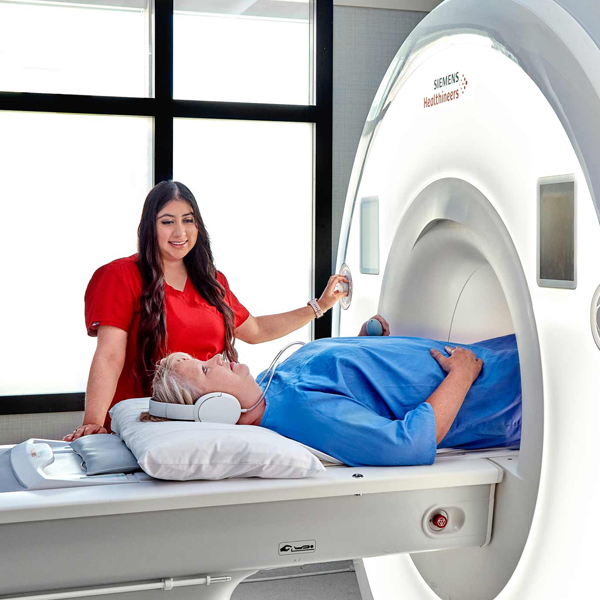If it’s a benign tumor and we can remove it entirely, yes, you might be cured – meaning tumor gone and not expected to regrow (or extremely unlikely). That’s often the case with many meningiomas, schwannomas, ependymomas in spine, etc.
Cure in malignant ones is rarer – for some metastases, if solitary and completely removed plus other therapy, you could be effectively cured of that lesion, but the underlying cancer still needs management.
For primary malignant brain tumors (gliomas of high grade), cure is usually not a word we use – but long-term control and extension of high-quality life is the goal.
There are exceptions; some lower-grade malignant or borderline tumors (like some grade II astrocytomas or oligodendrogliomas) can have very long survival or even be cured with aggressive treatment.
Each case differs. The pathology report’s grade and type is key to prognosticate. The surgical removal is the best first step to a cure when possible.
We are optimistic but also realistic with you: we’ll celebrate a complete resection as it gives best chance, but also plan adjuvant treatments if history tells us that tumor could still be hiding microscopically or could come back.
In sum, many patients, especially with benign tumors, can indeed be cured by surgery. Others will need an ongoing team approach.
Our commitment is to stand by you through whichever journey it is, aiming for the best possible outcome.












